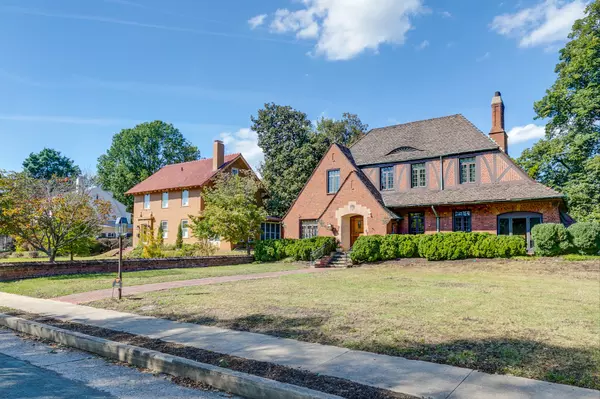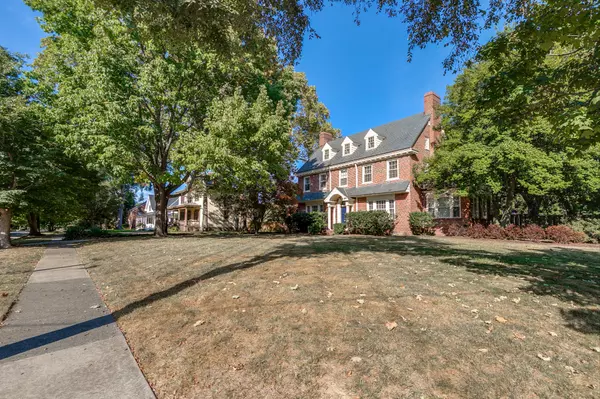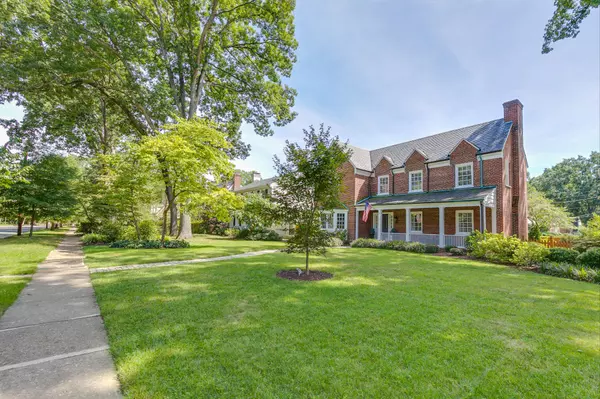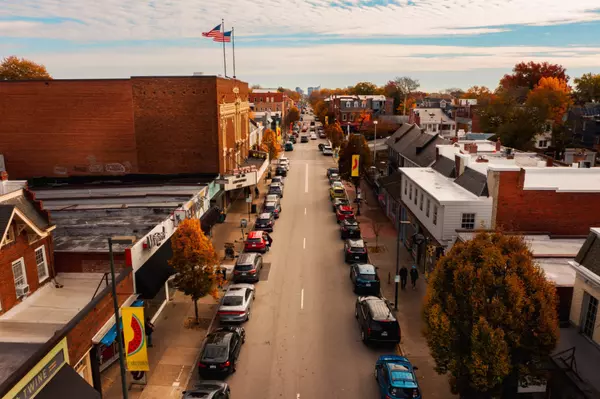LABURNUM PARK
Laburnum Park: Not Your Typical Urban Neighborhood If you're looking for a historic neighborhood with spacious homes, large lots, and beautiful streets, Laburnum Park might be the perfect place for you. Located in the Northside of Richmond, VA, Laburnum Park is one of the most coveted neighborhoods
GINTER PARK
Ginter Park: Classic Historic Charm Ginter Park, nestled in Richmond's Northside, is a captivating neighborhood with a rich history and a blend of urban and suburban vibes. Let's explore what makes Ginter Park a sought-after community for homebuyers and investors alike. Origins and Vision Major Lewi
SHERWOOD PARK
Sherwood Park: An Often Overlooked Corner of Northside Nestled away in the corner of Northside and just a mile north of downtown Richmond, the historic neighborhood of Sherwood Park offers a modestly-sized, early 20th century homes... many with large yards not typically found in an urban area in suc

Corby Hicks
Phone:+1(804) 937-7540





